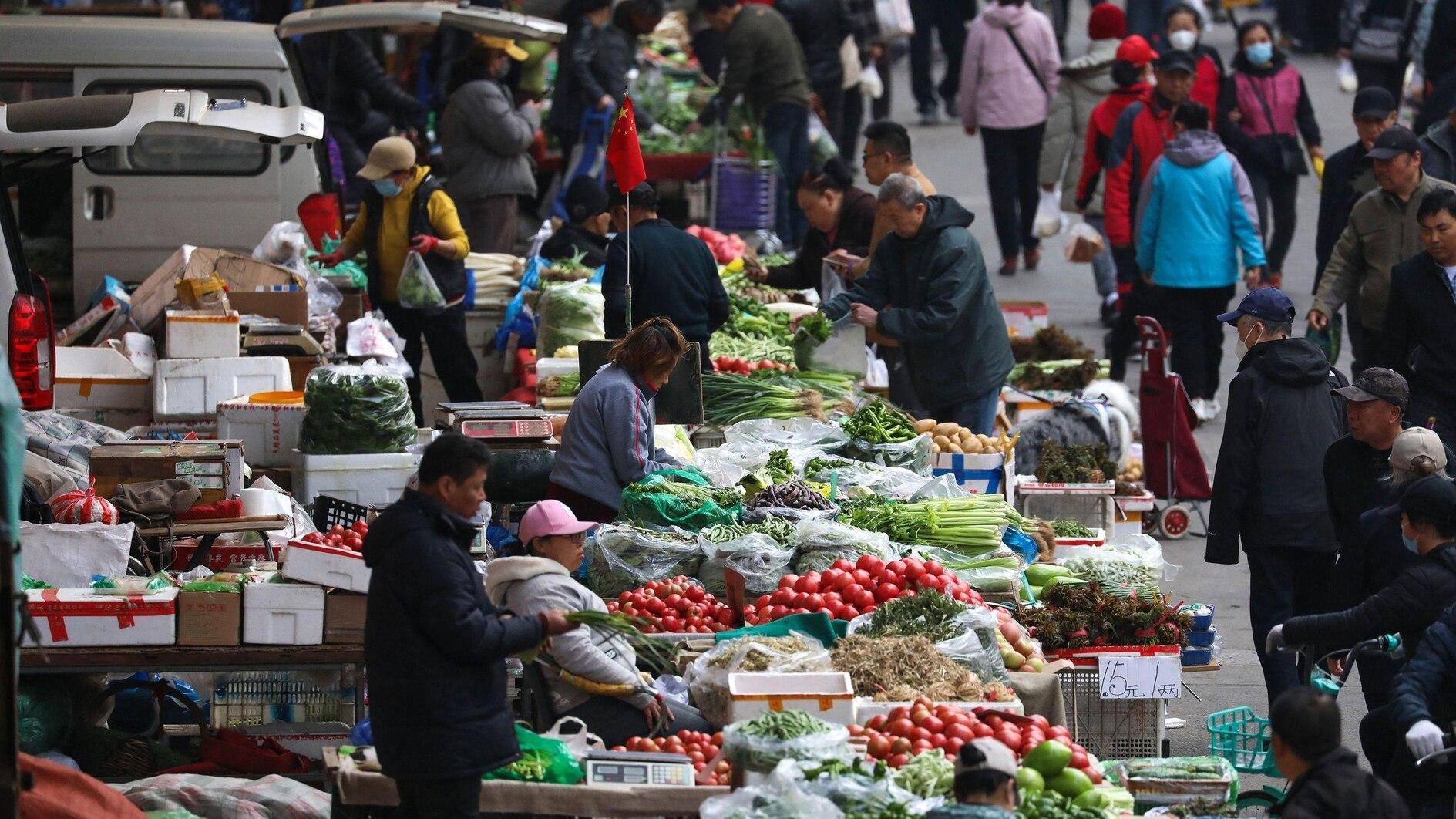Hagia Sophia becoming a bone of contention once again
It is the middle of May, almost two weeks before the end of the month, and high on the agenda came, once again, the issue of the Hagia Sophia.
On May 29, it will be five 564 years since Hagia Sophia’s conversion into a mosque, when the City of Constantinople was conquered by the Ottomans under Mehmet the Conqueror. This year will also be the 62nd anniversary since this great religious monument was converted into a museum by Mustafa Kemal Atatürk. And it will be 1,482 since Haghia Sophia was founded as the Great Christian Cathedral of God’s Wisdom by Emperor Justinian.
For such a prime example as the religious structure of the Hagia Sophia, claimed by historians that it changed the history of the world’s architecture, dates are being linked with dramatic changes of fate, purpose, use, natural or human-made disasters in its long life. Actually, it is almost miraculous that it is still standing on its feet, retaining its original shape and having a profound impact on every visitor. And in its recent form as a World Heritage Site, there have been millions of them from all over the world. Over three million people visited the Hagia Sofia Museum, also known as the Aya Sofya, just in 2014.
I do not know how many visitors coming to Turkey will make their way to the Sultanahmet Square this year and choose to see the interior of the Hagia Sophia. When I visited the area a month ago, I was sad to see such a small number of tourists outside its main gate, where, even last year, long queues were a daily feature filling up the area of the ancient Hippodrome. I even had to witness scenes of bad language exchanges among tour guides usually stationed outside the entrance of the monument, while trying to attract the few Western tourists, who defied all fears of another terrorist attack, wanting to see the inside marvels of the building.
This year, as we are heading toward the latter part of May, and the historical date of the 29th is approaching, the space around the Aya Sofya Museum is filling up again. Not by tourists, but by members of the Anatolia Youth Association (AGD), whose motto is the words of the late Islamist political leader Necmettin Erbakan: “Life is faith and jihad.” These passionate faithful Muslims feel very strongly against anything that manifests the non-Muslim belief in the Turkish society. For example, they have been actively opposing the use of Santa Claus as part of New Year’s symbolisms in Turkey. And during the last three years, they have focused on showing a strong presence in the area of Sultanahmet, where they make the morning call for prayer, demanding Aya Sofya to be “freed from its chains” and be reconverted into a mosque.
Actually, since 2013, the reconversion of the Hagia Sophia to become a mosque has been included in the rhetoric of the ruling Justice and Development Party’s (AKP) leading politicians, who have been defying imminent international reactions and possible legal complications with UNESCO, the protector of the monument.
We all remember how many “well-informed” Turkish - and Greek - reporters were assuring us that President Recep Tayyip Erdoğan had decided to perform his prayers at the Hagia Sophia on the Friday before the Turkish referendum on April 16, which fell this year on the same day as the Christian Easter, and that he then would reconvert Haghia Sophia into a mosque!
In the end, he did not. But the eager members of the AGD have been gathering this year in even bigger numbers, demanding action. After the referendum, Turkish politics entered a tough phase for the implementation of the new constitution. With May 29 around the corner, one wonders if these louder calls coming from Anatolia are now going to be ignored.











